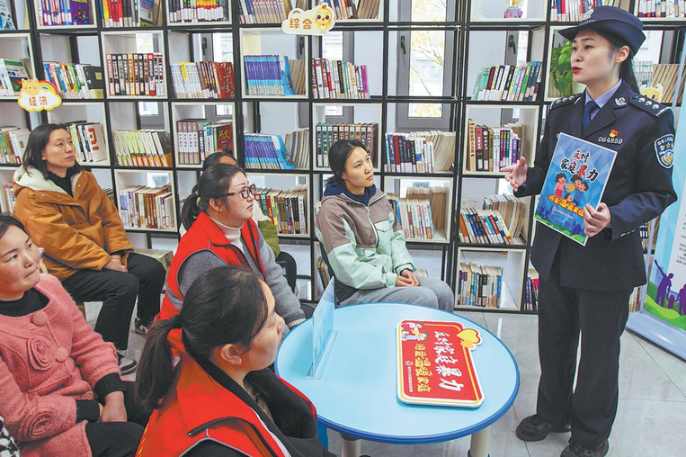A life of combating bird flu
China Daily | Updated: 2018-11-17 10:21

HARBIN - For the first time in the past five years, scientists at China's National Avian Influenza Reference Laboratory were able to spend the weeklong Chinese Lunar New Year holiday in February with their families.
Chen Hualan, director of the laboratory, led her team to this victory after a five-year battle against H7N9 bird flu viruses.
Chen, a member of the Chinese Academy of Sciences, is one of the top virologists in the world and is devoted to saving lives.
Fighting H7N9
In March 2013, Chinese public health authorities reported the first human cases of the disease due to an infection of a type A influenza virus strain H7N9. This strain of the virus usually only infects birds.
Chen's team rushed to the spot for an investigation into the origin of the virus. Within 48 hours of the first human cases being announced, her team found similar H7N9 flu viruses in the samples collected from a live poultry trading market in Shanghai.
Following Chen's advice, the authorities ordered the infected poultry market to be closed immediately, leading to an instant drop in human infections.
"The H7N9 viruses are nonpathogenic in poultry but could be pathogenic and even lethal for humans," Chen said.
The H7N9 viruses have caused five waves of human infection since 2013, among which the second to fifth waves started around the beginning of October each year.
The climbing number of deaths put a heavy weight on Chen. She and her team spent the past Chinese Lunar New Year holidays from 2014 to 2017 at the forefront of fighting bird flu.
"We had no reason to slack off when H7N9 was still looming," she said.
























